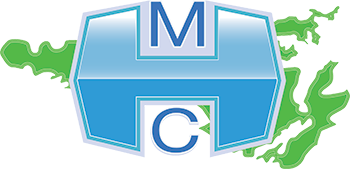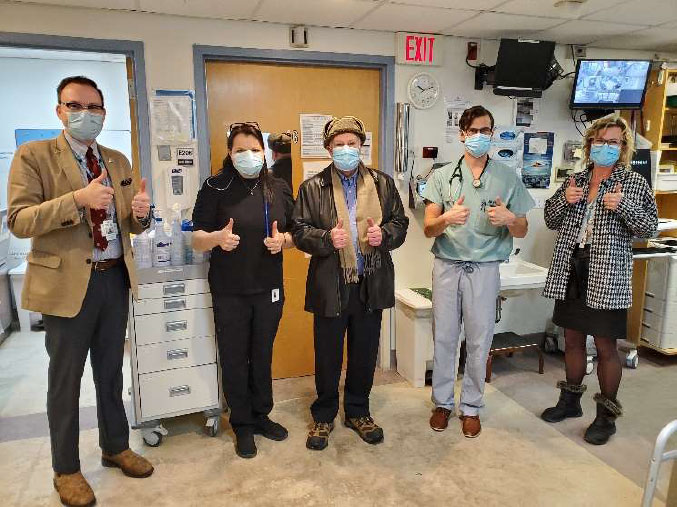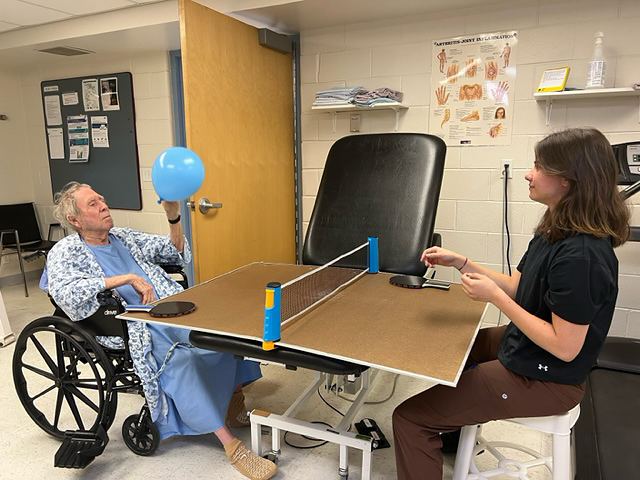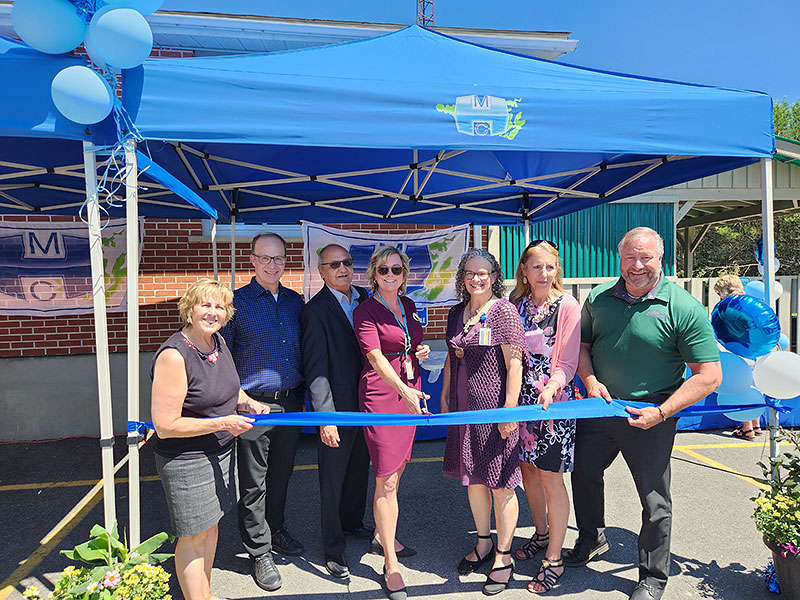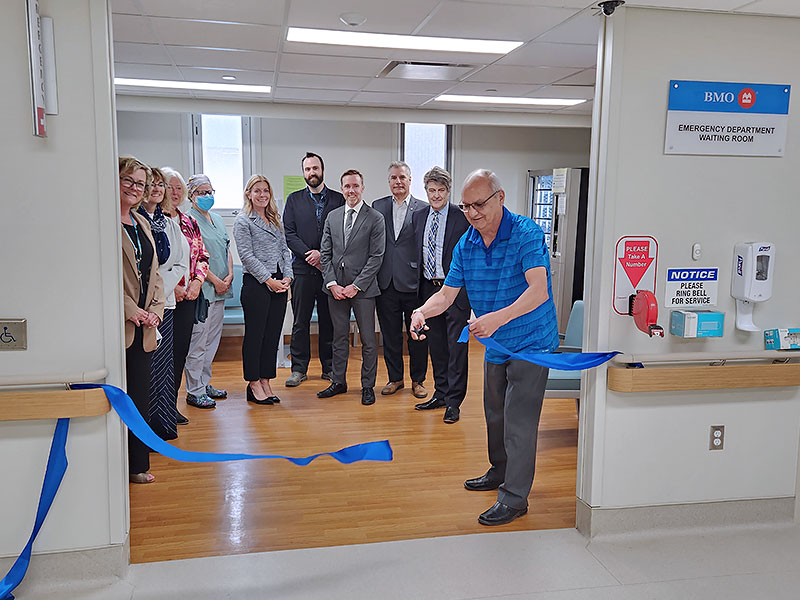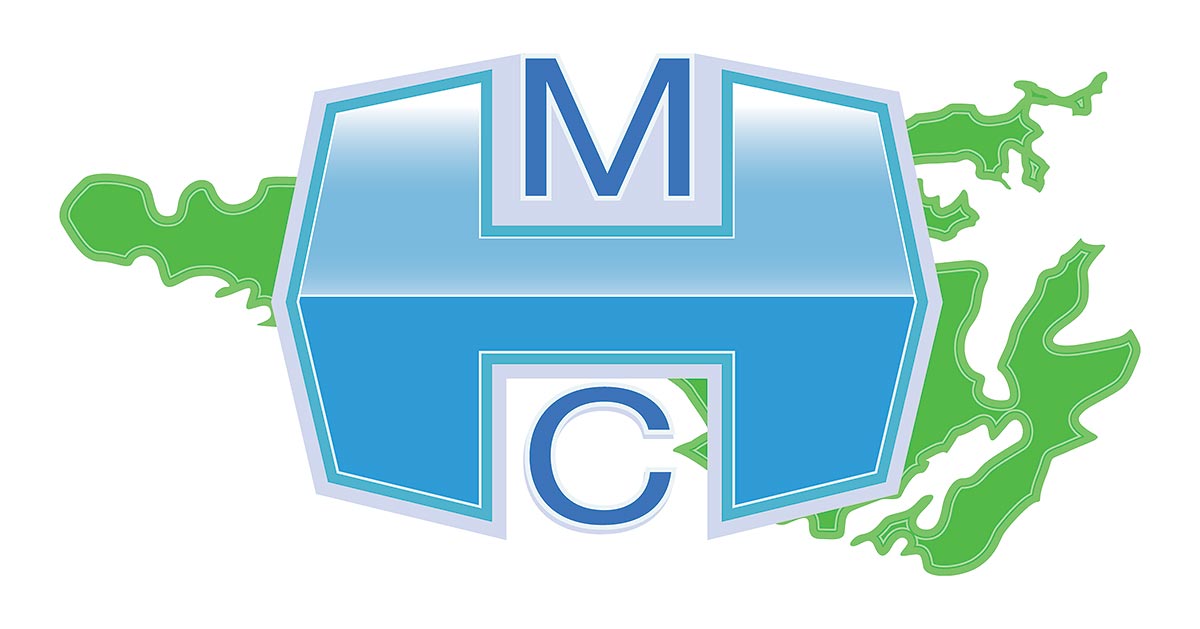COVID-19 is spread through close and prolonged contact with a person transmitting the COVID-19 virus. A close contact is someone who had a prolonged exposure in close proximity (within 2 metres) to a person diagnosed with COVID-19. Contact should be considered from the 2 days (48 hours) before the start of the person’s symptoms until the persons infection is deemed to be resolved, which takes a minimum of 10 days from the onset of symptoms or their positive test.
If the person never had symptoms, contact should be considered for up to 7 days before the person was tested until the person no longer needs to isolate. Any individual that lives in the same household as an individual that has COVID-19 is considered a close contact.
· Vaccinated people and children under the age of 12 who are sick with COVID-19 are only required to self-isolate for a minimum of 5 days following the date when their symptoms started, instead of 10. Their household contacted are also required to isolate alongside them. If after 5 days, their symptoms have improved for at least 24 hours, they can end the isolation period.
· People who are unvaccinated, partially vaccinated, or immunocompromised are required to isolate for 10 days.
· Healthcare workers with symptoms, including those working in long-term care homes, must stay away from work for 10 days, although they can return after isolating for 7 days if they test negative on a PCR test or two rapid tests, taken on day 6 and 7 of their isolation period.
Below are some considerations for who might be a close contact:
Close Contact:
- You were within 2 metres of a person who is infectious. There are different activities that increase risk in this case. For example, face to face conversations increase the risk, and the longer you spend with an infected person, the greater the risk.
- You had multiple close encounters with a person diagnosed with COVID-19 over a 24-hour period.
· You had close, physical contact with a person diagnosed with COVID-19, such as a hug,
handshake or massage.
· You live in the same home as someone diagnosed with COVID-19.
· You worked physically near (less than 2 metres of physical distance) a person who is infectious
for a prolonged period of time.
· You took lunch breaks or socialized in the break room with a person diagnosed with COVID-19
and were within 2 metres.
Not a Close Contact:
· If you consistently maintained a distance of at least 2 metres away from the individual who was diagnosed with COVID-19.
· You had a very brief, close contact while wearing a mask and/or with a barrier in place.
· You passed by someone quickly.
· You made a delivery to someone who was diagnosed with COVID-19 but had no contact with them (i.e., consistently stayed at least 2 metres away from them).
· You worked the same shift as someone diagnosed with COVID-19 but never worked within 2 metres of them.
· You attended the same store as someone diagnosed with COVID-19 but had no direct contact with them (i.e., never came within 2 metres of them).
These are general guidelines that apply to community exposures. For exposures in vulnerable populations such as schools and congregate living centres, guidelines are adapted to protect those at higher risk.
Monitoring symptoms
If you are experiencing severe symptoms (shortness of breath, chest pain), call 911 right away. If you had COVID-19 symptoms and they are worsening but not severe, contact your health care provider or Telehealth at 1-866-797-0000 for further guidance.

